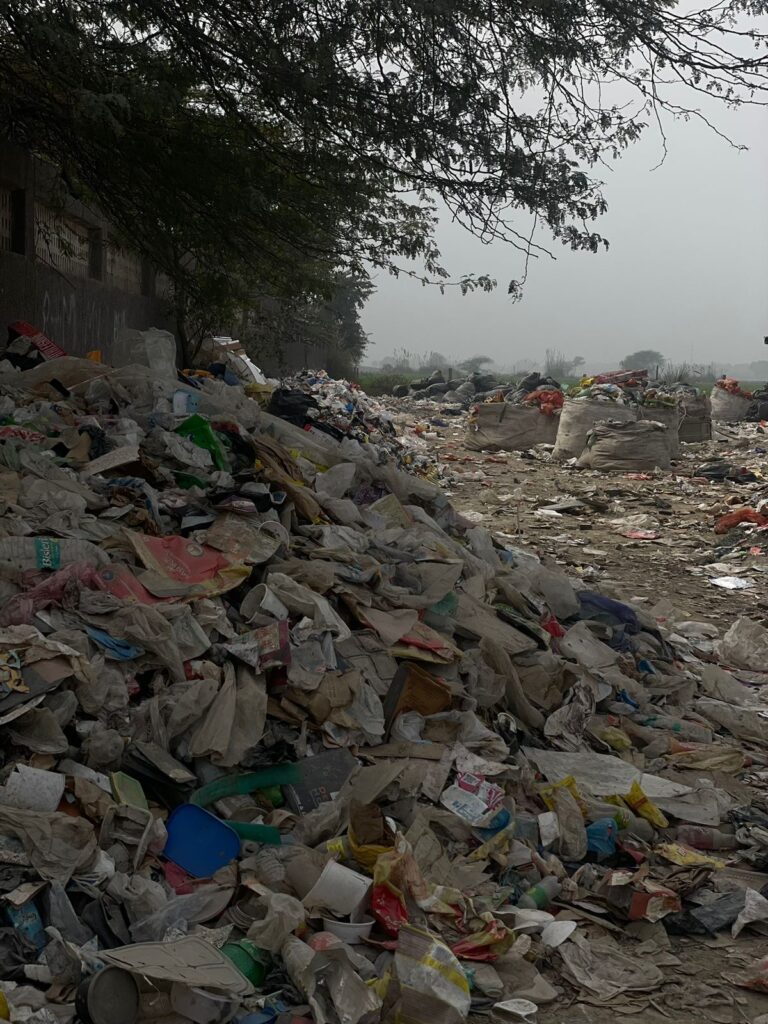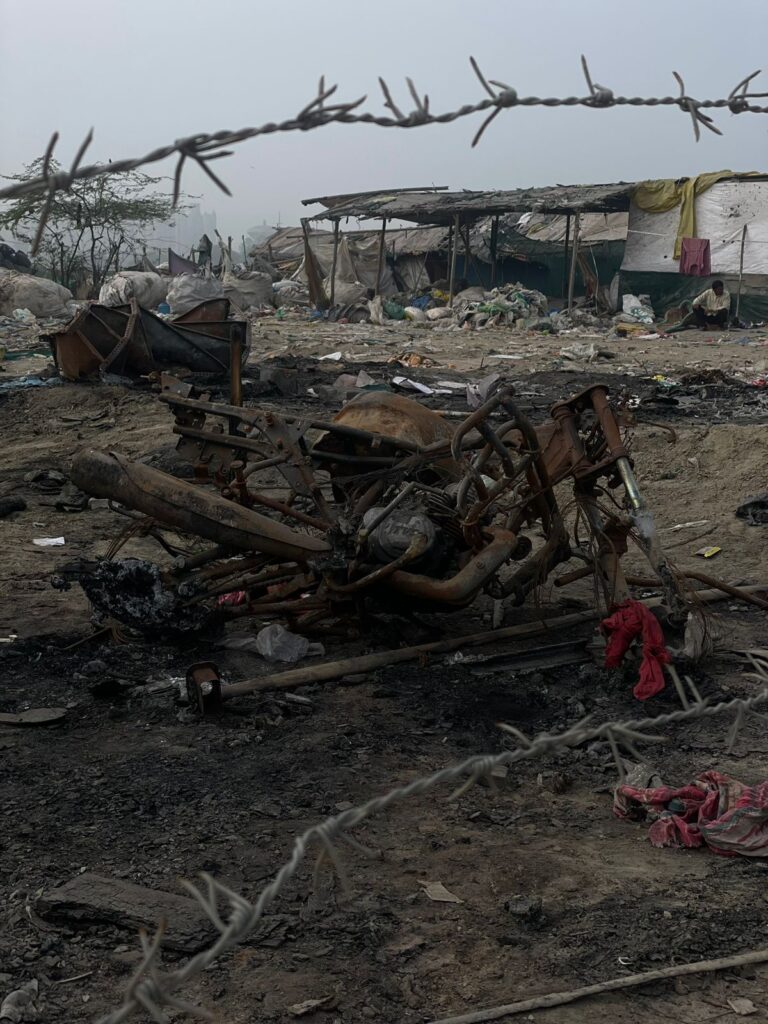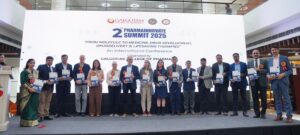
Storu By:- Diya Rana
Greater Noida: Ragpicker is who collects waste from others houses and has no other option but to live in this waste.As of 2022, 49 percent of the Indian urban population lived in slums.Underprivileged people have taken up the profession of rag picking. These people haven’t visited their hometown in years and have been in greater Noida for 6 years.Migration refers to the movement of people from one place to another, typically involving a change in residence. It can be driven by various factors such as economic opportunities, social reasons, political instability, or environmental conditions. Migration can be internal (within a country) or international (between countries). It has significant social, economic, and cultural implications and can be voluntary or forced.

In our quest to gain profound insights into the daily lives of ragpickers, our team ventured into the heart of the slums, discovering the compelling story of Nuzita Khatun and her family, who have endured six years in these challenging circumstances. Nuzita’s husband works as a waste collector, having migrated from Assam to this slum in Greater Noida.
Though Nuzita used to assist her husband, her responsibilities have shifted due to their six-month-old daughter. Despite their meager earnings, the family has learned to accept their situation, lacking any external support. Nuzita disclosed that while they earn sufficiently, they face intermittent struggles for essential needs, particularly food and water, especially during the harsh winter nights. Their makeshift home, constructed from discarded clothes and salvaged items, offers little protection from the biting cold, posing a significant challenge, especially for the children.
The lack of basic amenities becomes even more evident at night, as chilling winds sweep through their humble abode. Blankets are a luxury, leaving children vulnerable to the harsh elements. The absence of proper hygiene exacerbates their plight, as their work and living spaces intertwine, with children, especially those below the age of one, playing amidst potentially hazardous materials.

We encountered children actively participating in their parents’ work, including a young boy who, helping his aunt, shared insights into the challenges faced during waste segregation. He highlighted the exposure to hazardous materials such as soiled clothes, needles, broken glass, sanitary waste, and batteries. Hazardous waste, including medicine bottles, insecticide spray bottles, toilet cleaners, and injections, poses health risks, leading to issues like fever and skin rashes among the ragpicker community.
Access to clean water, sanitation and hygiene facilities, and healthcare services can reduce the spread of diseases and enhance the overall well-being of slum residents. Children should also get some education Facilities as they cannot live their whole or the generations in waste like now.Most also do not have easy access to schools, hospitals or public places for the community to gather. Many slums have been unserviced and unrecognised for long periods, over 20 years in some cities.
The narrative of Nuzita Khatun and her family serves as a poignant reminder of the often-overlooked struggles faced by those toiling in the shadows of society, shedding light on the urgent need for awareness and support for the ragpicker community.


This shows the struggle and efforts of people🫶🏻
It’s amazing diya rana
Diya Rana has very gracefully written this bitter truth and it is also necessary that someone takes these things seriously and we are blessed to have the people like diya who took this thing seriously and written about this. Thank you
Excellent 👌
You actually make it seem so easy with your presentation but I to find this topic to be really one thing which I believe I might never understand. It sort of feels too complicated and very extensive for me. I am looking forward in your subsequent publish, I¦ll attempt to get the cling of it!
This writing has the rare gift of making complex ideas feel both accessible and profoundly meaningful.